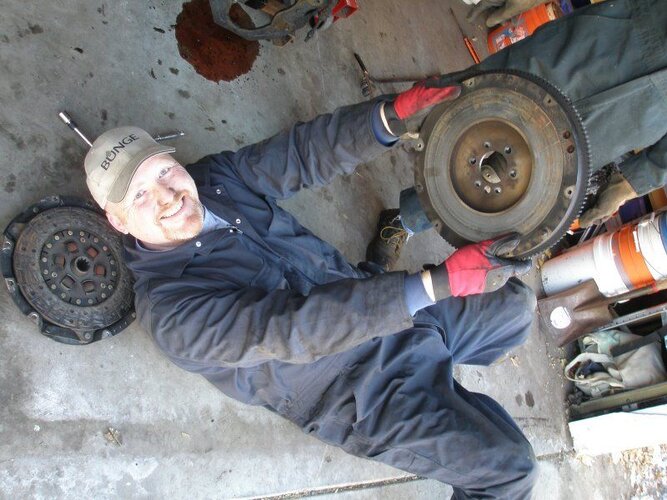That actually goes to my next question...
Only the top part of the cylinder builds compression, right? The reason I ask is from above, when you mentioned the, "orange sludge" not being compressible.
If the plug was out, wouldn't turning the motor over just push it out through the plug hole? So, would the risk be to the bottom half of the motor, or does it just not push enough out to elminate risk to the piston/rings, etc...?
Just curious, & thanks in advance for the info!
Best,
Abe
"Orange Sludge" refers to the buildup of oxidation that can occur between the cylinder walls and the piston rings on engines that have been sitting around a while. In particular, the rings can get mated to the walls with oxidation. It doesn't take much for them to become pretty stuck in my experience, yet it doesn't take much to get them unstuck, and no harm is really done after the engine is run as long as there is no significant pitting on the cylinder walls.
After my conversation with Timm today, I learned that all of this is being done while the motor is still hanging from chains on a cherry picker: hardly good for leverage. You can't get a good perch from tweaking the flywheel teeth with any kind of levering device.
Since all the ancillaries (dist, fuel pump, manifolds, etc.) are still on the engine, it isn't practical to lay the engine down, especially on it's side for better leverage. Then it struck me that with the starter still bolted on, it would get excellent leverage to turn the crank. It's bolted to the bellhousing, which is bolted to the engine. On top of that, a 60 starter is of the gear reduction vintage, further adding to the possibility that it could budge the crank.
Simply jump the starter solenoid activation contact with the big one that runs the starter, then hook up jumpers from a good battery. The worst that could happen is that something bad might happen (probably to the starter itself) on an engine that already had issues, no?
So anyway, to answer gr8fulabe's question, no as long as the plugs are out, there is no risk from hydrolock. Any fluid in the combustion chambers has a pathway out. If the motor's seized from some other reason, it really doesn't matter, it will need to be torn into anyway. BTW, I have a few spare cranks and cams laying around if anyone needs them



